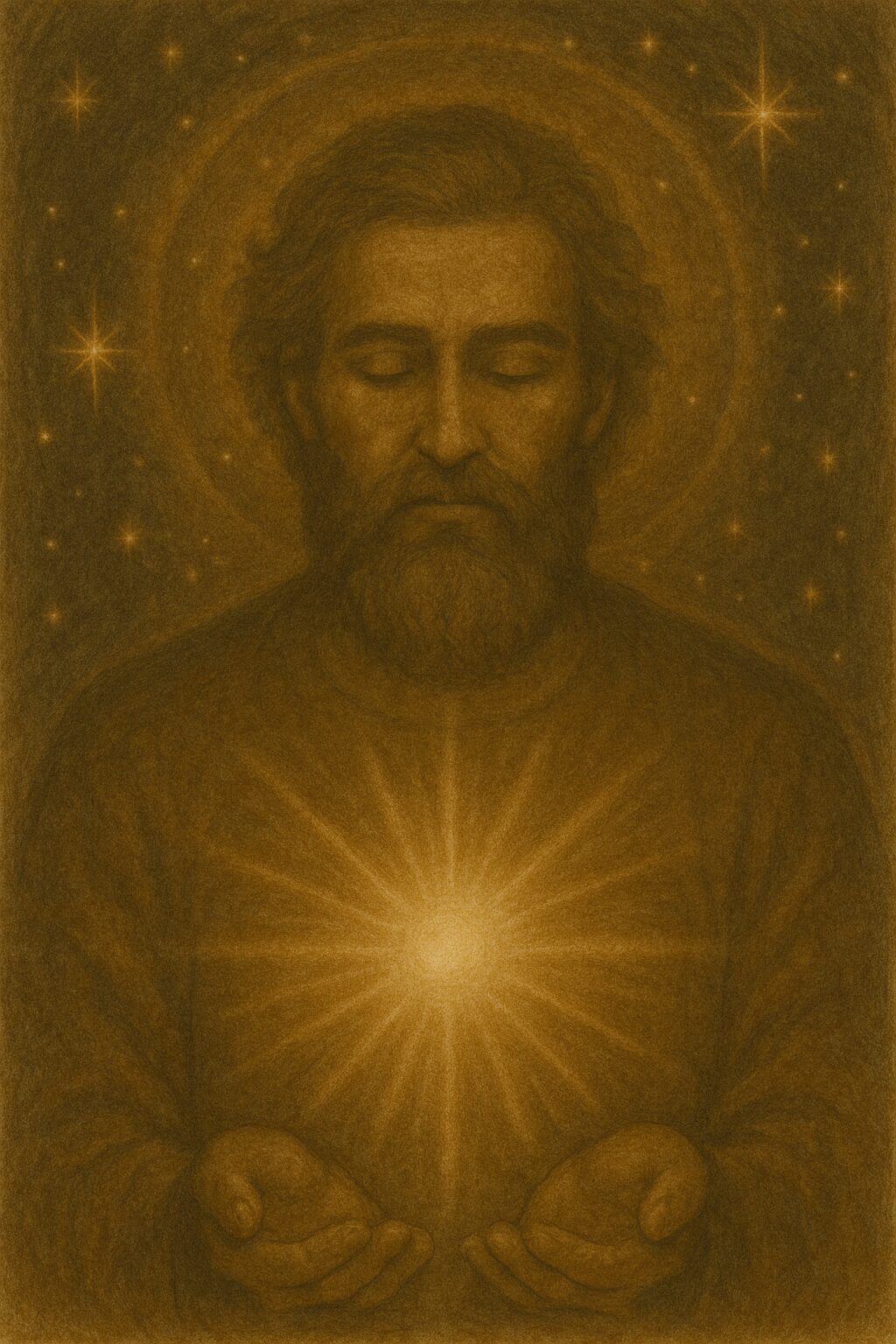Antiquity breathes,
Momentarily birthing,
Cosmic prospect.
Circumference of breath-born horizons,
Specimens of ephemeral universes,
Cause of endings become beginnings.
Gravity of infinite black hole realms,
Reality fleeting as exhalation.
All of the above,
And a specter of time reversed,
To reveal,
The deepest privacy,
Of existence on the edge.
The divine feeling of perpetual creation.
An open invitation,
To witness universes in each breath.
And only few to explore,
This negative image of cosmos.
Filed under: 🜃 Infinite – exploring the unseen forces behind creation, truth, and existence.

